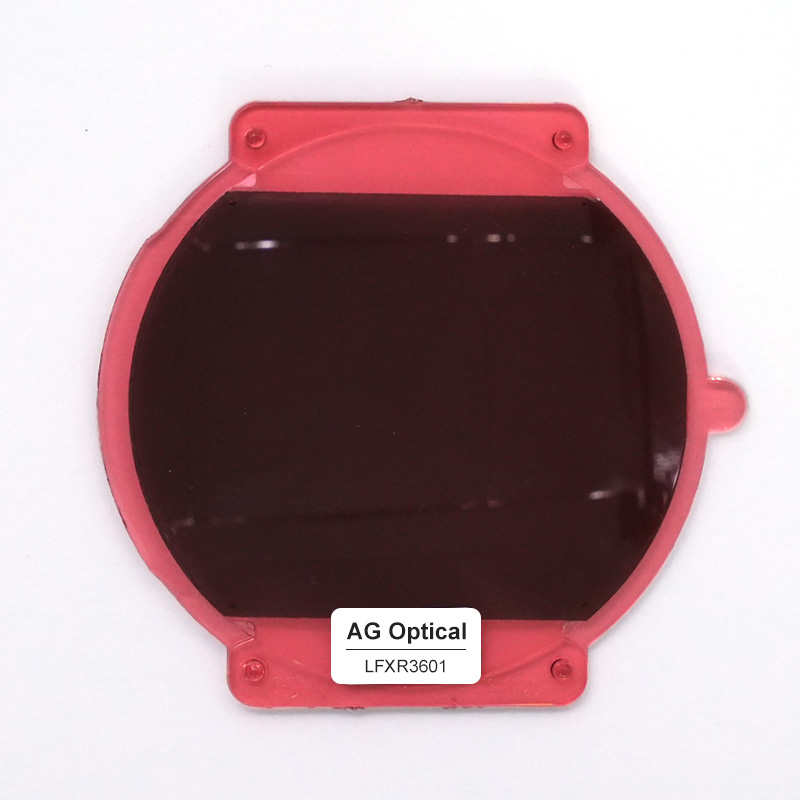Resin lens classification
The refractive index of the lens is an important parameter of the lens, generally there are numbers such as 1.49, 1.56, 1.61, 1.67 and so on. These numbers represent the optical refractive index of the lens, that is, under the condition that the thickness of the center of the lens is the same, the lens with the same power and the same material, the edge of the lens with a higher refractive index is thinner than the lens with a lower refractive index; the larger the number, the thinner the lens, the higher the price. also higher. The 1.49 lenses on the market are rare, and there are not many varieties, mainly some elderly people buy reading glasses. Different degrees are suitable for different refractive indices of lenses. And people with myopia within 500 degrees generally choose the refractive index of 1.56 is better, this kind of lens has a complete range, many functions, and the price is moderate. If people with myopia of more than 500 degrees need to consider the thickness problem, it is better to choose a lens with a refractive index of 1.56 aspheric or 1.61 when purchasing lenses. Here is a thickness comparison of several common refractive indices:
Classification of resin lenses:
Colored resin lenses
Colored resin lenses, also known as tinted resin lenses, are coated on ordinary resin lenses and dyed into colored lenses with different light transmittances.
1.50 hardened resin lens 1. Super wear-resistant The surface of the lens is coated with a special ultra-fine particle hardening treatment to enhance the wear resistance of the lens and prolong its service life.
2. Anti-ultraviolet The anti-ultraviolet factor is added to the lens, which can effectively cut off ultraviolet rays with a wavelength below 350nm and protect the eyes of the wearer.
Comparison of unhardened lenses and hardened lenses Hardened lenses are coated with a special ultra-fine particle hardening treatment on the surface of the lens, which enhances the wear resistance of the lens and prolongs its service life.
1.56 hardened resin lens
In terms of the characteristics of the 1.499 hardened resin lens, the 1.56 hardened resin lens has an advanced design and adopts a physiological base bending design, which effectively reduces the thickness of the lens. And because the refractive index of this lens is greater than 1.499, the lens is also thinner.
1.56 hard-coated resin lens
1.56 Comparison of hardened and coated resin lenses without coating and coating
1. It can effectively prevent water droplets from floating on the surface of the lens.
2. The high-efficiency anti-reflection and anti-reflection function ensures that the light transmittance of the lens is as high as 97%.
3. Not easy to aging, high light transmittance, super impact resistance and wear resistance, etc.
4. Coated glasses can reduce the reflected light on the surface of the lens, solve the problem of wearing glasses under strong light, and increase the beauty.
1.56 hard-coated anti-radiation resin lens
This kind of lens calculates the best combination of curvature through computer design, so that people's eyes can't go anywhere.

From any angle, it achieves the best visual effect. The curvature design conforms to the rotation law of the human eyeball, and the width of the field of view is wide. Moreover, after multi-layer film treatment, the mirror reflection is reduced, and there is no need to take off the glasses when taking pictures in the future. Easier to clean and high light transmittance. The anti-radiation lens is treated with a special electric conductor film, so that the lens has anti-electromagnetic radiation performance. The user is protected from eye damage caused by low frequency radiation. The anti-radiation resin sheet is especially suitable for computer workers.
1.56 hard-coated anti-radiation aspheric resin lens
1. Multilayer film to eliminate reflection: eliminate specular reflection, high light transmittance.
2. Wear-resistant: It has high surface hardness, which is more convenient and durable to use and maintain.
3. It is a healthy lens with anti-radiation.
4. Aspherical design: correct the image and reduce the phenomenon of visual distortion.
1.60 hard-coated anti-radiation resin aspheric lens
1. Ultra-thin volume, perfect light transmission, ultra-clear vision.
2. Perfect combination of aspheric surface and 1.60, lighter and thinner lens technology.
3. Advanced aspheric design advantages.
4. Technical parameters: The optical quality of the 1.60 refractive index lens is better than that of the 1.56 refractive index lens, and the thickness is only 75% of the thickness of the 1.56 refractive index lens.
1.67 high refractive index, ultra-thin and hard-coated anti-radiation aspheric resin lens
It is found from a large number of statistics that most patients wear moderate-strength lenses. The use of traditional medium and low refraction lenses will often give people a "thick" feeling, especially lenses with a high number of heights. The 1.67 high-refractive resin lenses are lighter and thinner than ordinary resin lenses.
1. High refractive index combined with flat curved aspherical design, slim and beautiful, at the same time, it can effectively resist ultraviolet rays and reduce infrared rays, and effectively eliminate the interference of radiation such as computers and TVs.
2. Because it has a greater density, it is more wear-resistant, lighter, less prone to scratches and lighter. The classification of resin lenses is not fixed. With the development of science and technology, people are constantly inventing new lenses.
